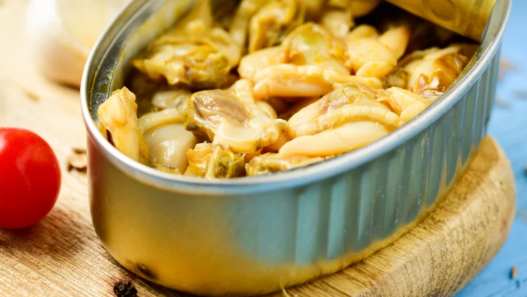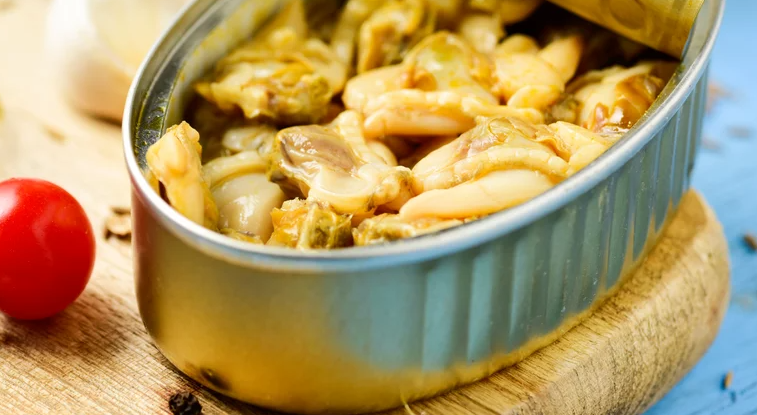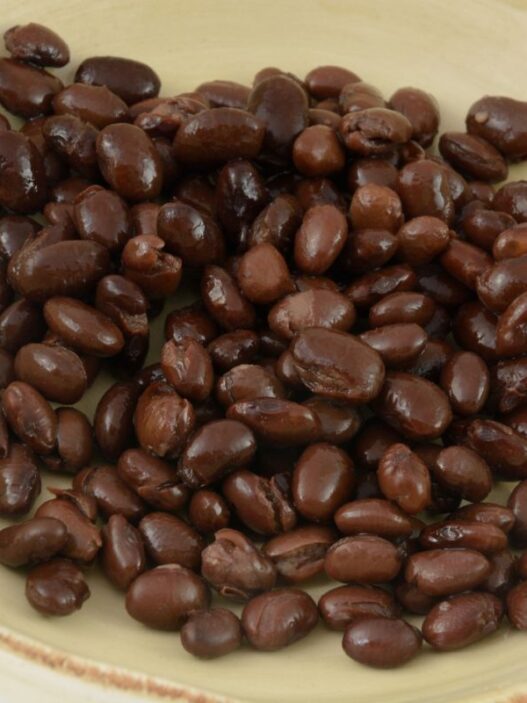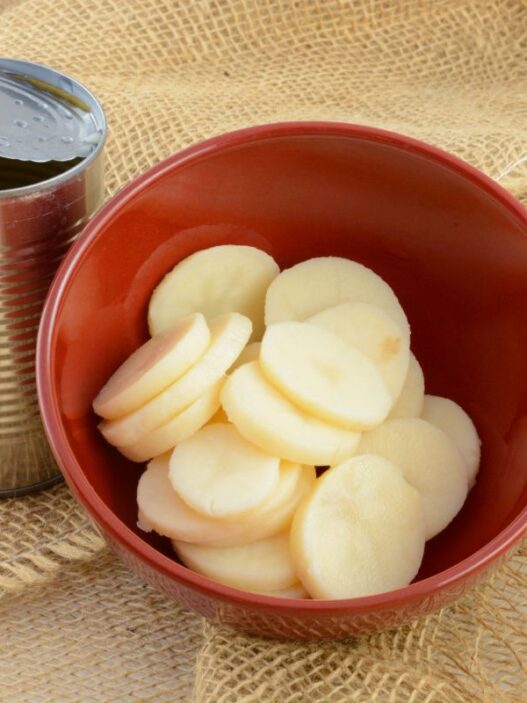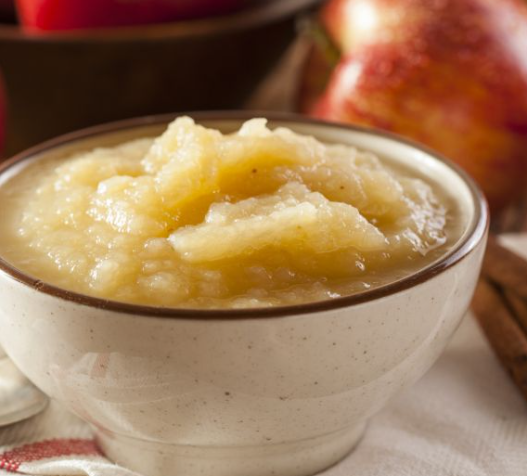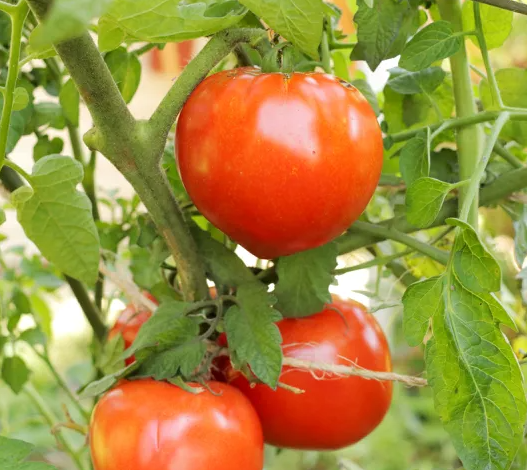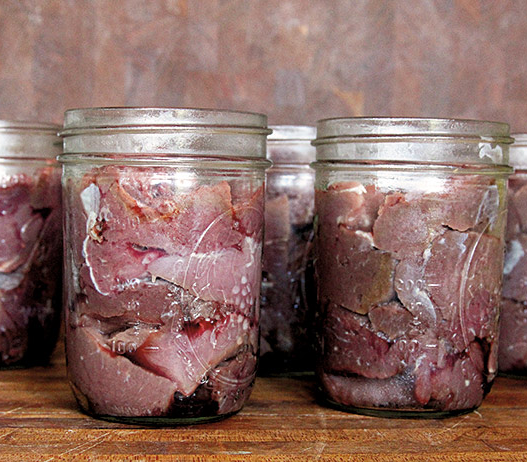Canned clams may have caught your attention while you’re strolling in the supermarket, and you wonder if they are cooked and a worthy purchase for your kitchen adventures.
Canned clams come pre-cooked, and I know this fact for sure because I regularly buy them to satisfy my late-night cravings. These tin-packed treasures never fail to amaze me! I just pop open the can whenever I need a quick snack or want to add them to my culinary experiments. This is my pantry staple I can’t do without.
Today, I’m diving deep into the following topics:
- Are canned clams cooked?
- What is the liquid in canned clams and their taste profile?
Are canned clams raw or cooked?
Canned clams are not raw; they’re cooked (You can eat them straight out of the can, no problem!)
Let me break it down for you in simple words. The fishermen (usually) bring a huge catch of clams from the sea. Then, they’re cleaned and cooked thoroughly. After that, they’re shucked, and the whole supply is seal-packed into cans with some liquid (Like clam juice and brine).
Here comes the sterilization part! The sealed goodies are passed through high heat to make sure all the germs and bacteria are killed. This way, the canned product remains safe for a long period of time.
What is the liquid in canned clams?
When clams are cooked by steaming or boiling as part of the canning process, the shells open up, and some delightful natural juices are released. These are known as clam liquor or clam extract, which you’ll find inside the cans (Along with brine/salty water).
The clam liquor is highly flavorful and carries the essence of these amazing little sea creatures. And you know what? You can buy this separately from the market!
In top restaurants and seafood places, you will see the chefs vouching for this clam liquor as an unmatched ingredient because it adds a rich, briny, and seafood-like flavor to dishes. They usually use it in many recipes (Such as clam chowder, seafood pasta, and paella).
And here’s an interesting bit for you! During canning, this extract plays a huge part in preservation, along with salty water, to keep the clams fresh and flavorful inside.
Are canned clams tasty?
Let me be very honest here! Taste is always subjective. So, some may love canned clams, and others might hate them. (Take it or leave it!)
Here’s the theory: Clams are cooked before being packed into the tins. The cooking infuses a pleasant, sweet, salty, oceanic flavor to them and tenderizes them very nicely. If you have this kind of palate, you’ll fall head over heels for it.
On the other hand, different types bring different tastes to the table. Here are a few examples for you:
1. Whole Canned Clams
Whole canned clams, as the name suggests, are canned in their entirety. This type has a more intense and pronounced briny or oceanic flavor. Why?
Well, it’s because they are not chopped (That’s why they retain all their natural juices).
2. Chopped Canned Clams
Unlike whole canned clams, chopped canned clams are minced, so some of their natural juices are released in the process. This is why their flavor is evenly distributed and on the milder side.
It also offers a pretty uniform texture, which is more consistent and less overwhelming for your taste buds.
3. Smoked Canned Clams
It’s pretty obvious by the name. Isn’t it? Smoked canned clams boast a very sharp smokiness flavor, which literally steals the show when they’re added to any dish.
The great thing about smoked canned clams is that you can enjoy them as a snack or use them in many culinary adventures (Like seafood platters, pasta dishes, salads, rice bowls, or even pizza).
Can babies eat canned clams?
In my opinion, babies and canned clams are not the best match (Especially for those who are just starting on solid foods).
Why? The same reason: Canned clams are cooked and have a high amount of sodium. That’s a big No-No for babies, as their kidneys are still developing and can’t process too much salt.
There’s more to it! Babies need a diverse and nutrient-rich diet that prioritizes foods like fruits, vegetables, and grains. While seafood can be a healthy part of it, you need to make sure it’s freshly cooked rather than using any canned variety.
Here’s a pro tip! Always consult with a pediatrician before introducing new foods to your baby’s diet. They can guide you on when and how to start with seafood in a way that’s safe and friendly for those tiny tummies.
Apart from that, it’s best for you to wait until your baby hits the one-year mark. (There’s a whole journey left ahead!) So, why hurry?
How can you tell if canned clams are bad or spoiled?
You can’t play with your health. That’s why it’s ABSOLUTELY necessary to check if canned clams are spoiled before using them.
1. Check Canned Clams’ Appearance
First, start by looking at the can for any possible damage (Such as dents, bulges, or leaks). If you spot any of these, it (usually) indicates that bacteria or germs might have made their way into your canned clams. So, it’s time to either discard or return it!
2. Smell Them
If there are no external damages, pop open the can and just take a moment to smell them. Spoiled clams have a very unpleasant odor that you literally can’t stand, and you’ll instantly know there’s something wrong!
3. Inspect Color and Texture
If the appearance is fine, and the smell is also perfect, what next? Well, it’s time to check the color and texture of the canned clams (Usually, it should be light beige or pale pink).
If you notice any discoloration, it means they’re not suitable to eat. Also, healthy canned clams have a firm and slightly chewy texture. If they feel excessively soft, mushy, or slimy, they could be past their prime, and you’ll have to say “Goodbye” to them.
Ending Thoughts!
So, there you have it – no more wondering if canned clams are cooked. They’re the unsung heroes of your kitchen; ever ready to add that oceanic touch to your recipes and be your belly partner in those late-night hunger calls.
I surely hope that you now know what to expect from these tin-packed goodies before you buy them from the supermarket!
